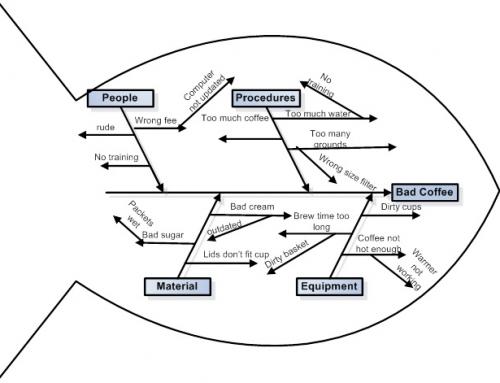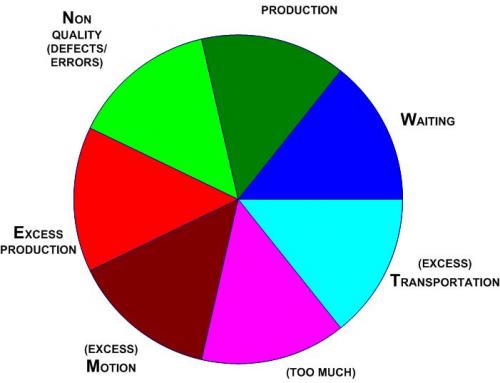Define Measure Analyze Improve Control (DMAIC)
In every organization, technology and otherwise, it is important that every project have a set of defined steps to ensure success. Many of today’s Business Process Improvement methodologies use DMAIC as the framework in defining the steps used to execute their applications. It is important in the execution to complete each step in the order that they appear.
DEFINE
In every project there has to be a starting point where you DEFINE what your current process is. It is not the time to define where you want to be, but to write down what is in place now and how it is accomplished, as some would say, “the facts, just the facts”.
WAIT!!! There needs to be more discussion before everyone disappears and starts documenting. There is more to be considered than each individual department and job. If you start here, you will end up with each department having a binder of SOP’s or Standard Operating Procedures that only concern their areas. This brings us back to DEFINE:
- Who is going to be on the Team?
- What are you going to document?
- Who is going to document it?
- How is it going to be documented?
- When do you expect the project to be completed?
The BPI (Business Improvement Process) Team will need to make a list of the processes that need to be defined and within the processes should be separately defined Standard Operating Procedures.
First off, let’s clear up the difference between a business process and a business procedure. Business Processes relate more to the operations that are completed within the organization, such as Customer Returns, Sales, or New Employee Orientation. The Business Processes encompass many steps, various departments and people. Within each Business Process are operations that need to be performed that when added together complete the process. These are the Business Procedures. Each of the procedures will need Standard Operating Procedures (SOP’s) written defining how to perform the job.
Within an organization, everyone is involved in the documentation of Business Processes and SOP’s. It is important that employees understand the importance of the tasks they have been asked to complete and that management work together with their staff to ensure the work is completed on time and in a manner that others can follow. Documentation isn’t just one of those processes we have to do just because, it is the transference of knowledge from those that “Know” to those that don’t. This is crucial in this age where baby boomers are retiring and the younger millennial generation is entering the work force.
Documentation of SOP’s can be completed without a lot of involvement with other departments. Business Processes are more complex and need to be completed in collaboration with all departments concerned.
 My preferred method of Business Process Documentation is a mix of flow charts and documentation. Flowcharts, or process mapping, present a visual representation reflecting an overview of the process where written documentation provides detailed explanations on how the process works. I like to use Cross Functional Flowcharts for Business Processes because they convey the various departments that are involved in the process and what information they are responsible for. Standard flowcharts are great for depicting SOP’s, they are simple and easy to understand.
My preferred method of Business Process Documentation is a mix of flow charts and documentation. Flowcharts, or process mapping, present a visual representation reflecting an overview of the process where written documentation provides detailed explanations on how the process works. I like to use Cross Functional Flowcharts for Business Processes because they convey the various departments that are involved in the process and what information they are responsible for. Standard flowcharts are great for depicting SOP’s, they are simple and easy to understand.
Stay tuned for the next sections on Measure, Analyze, Improve and Control.









Leave A Comment